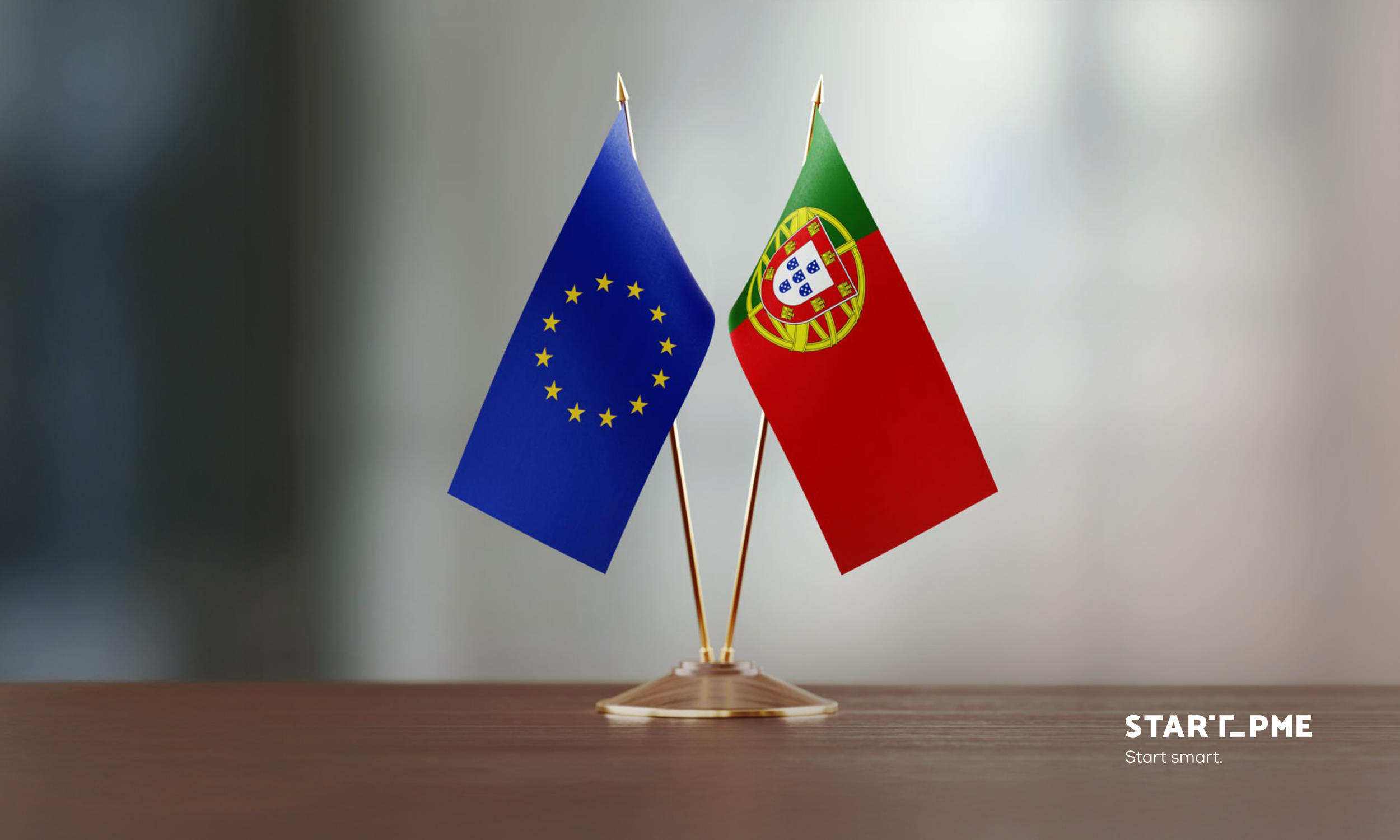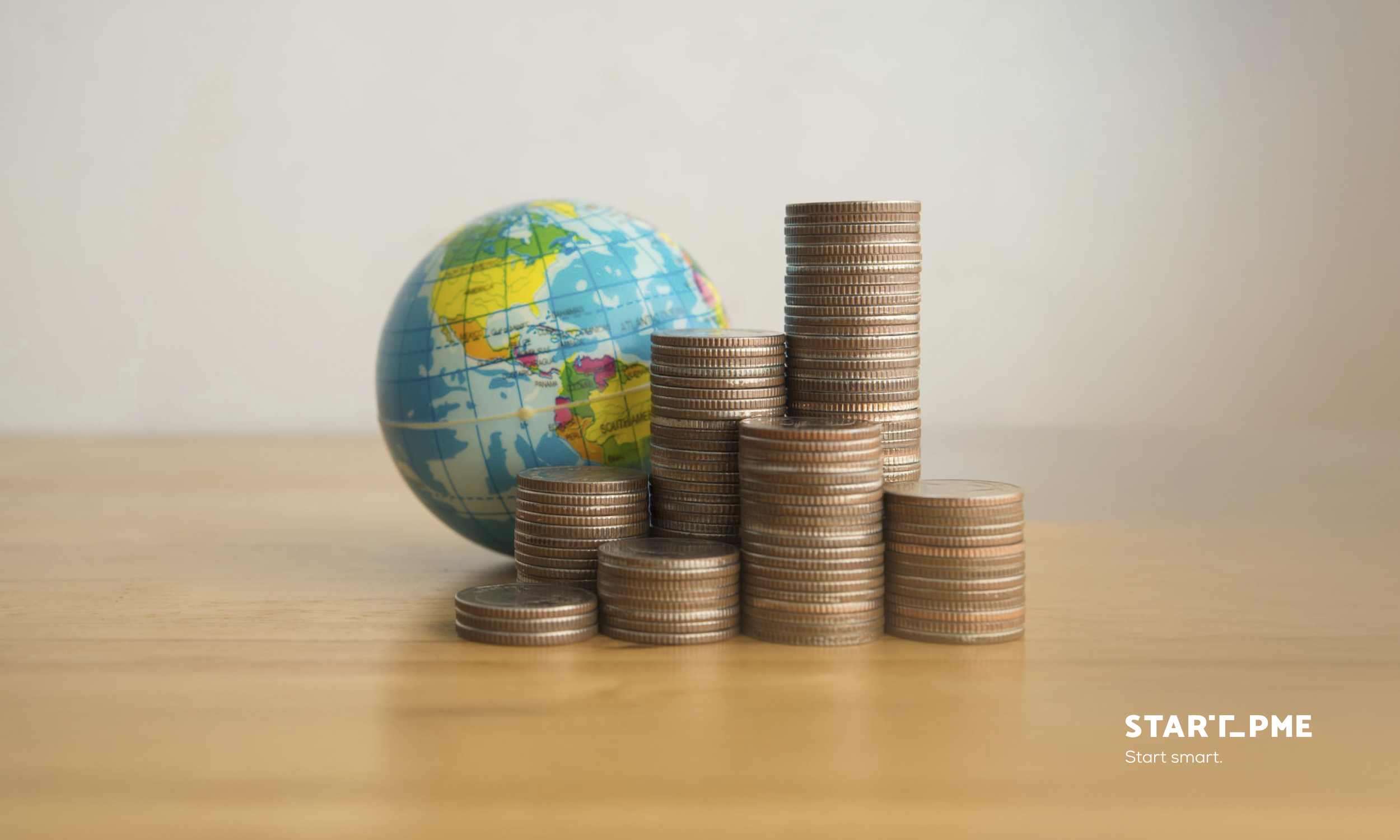
Blue Economy: Portugal on the path to sustainability and maritime growth
The sea has always been an integral part of Portuguese identity, but today it plays an even more strategic role: it is a driver of economic development, technological innovation, and environmental sustainability. This set of activities directly or indirectly linked to the ocean — from nautical tourism to aquaculture, submarine robotics, shipbuilding, renewable energy, and cellular food production — defines what we call the Blue Economy.

Blue Economy: Portugal on the path to sustainability and maritime growth
The sea has always been an integral part of Portuguese identity, but today it plays an even more strategic role: it is a driver of economic development, technological innovation, and environmental sustainability. This set of activities directly or indirectly linked to the ocean — from nautical tourism to aquaculture, submarine robotics, shipbuilding, renewable energy, and cellular food production — defines what we call the Blue Economy.
Unparalleled potential
Portugal has one of the largest Exclusive Economic Zones (EEZ) in Europe, with 1.7 million square kilometers, about 18 times the size of its mainland territory. If the proposal to extend the continental shelf is approved, this area could reach about 4 million square kilometers, placing the country among those with the largest maritime areas in the world.
This vast submerged territory represents an “ocean” of economic opportunities, from the sustainable exploitation of resources to the development of cutting-edge maritime technologies and infrastructures.
What is the Blue Economy? Key facts to understand the context
The Blue Economy encompasses all activities connected to the sea, from fishing and nautical tourism to offshore renewable energy, submarine robotics, and marine biotechnology, with a focus on the sustainable use of ocean resources.
Portugal: A Unique Potential
- EEZ: 1.7 million km² (18x mainland territory), potentially reaching 4 million km² with the continental shelf extension.
- National Ocean Strategy 2021–2030: aims to increase the Gross Value Added (GVA) of the maritime economy by up to 30% and reach a 7% contribution to national GDP.
- 13 priority areas: science and innovation, biodiversity, bioeconomy, fisheries and aquaculture, renewable energy, ports, nautical tourism, among others.
Current Impact
- 3.9% of national GVA (2016–2018).
- 4% of national employment.
- 18.5% growth in GVA between 2016–2018 (vs. 9.6% in the general economy).
Expanding Sectors
- Offshore renewable energy: Allocation Plan identifies 2,711.6 km² for the installation of up to 9.4 GW of capacity.
- First auction expected in 2025 (estimated €9 billion investment).
- WindFloat Atlantic: the world’s first semi-submersible floating offshore wind farm.
Global Trends (OECD 2050)
- Global ocean economy GVA could rise from €2.42 trillion to €4.7 trillion (+94%).
- Strong growth in marine energy, aquaculture, and biotechnology.
- Energy transition and environmental regulation will challenge offshore oil and gas.
Key Challenges
- Climate change and extreme weather events.
- Illegal fishing and overexploitation of resources.
- Deep-sea mining: environmental and regulatory risks.
Opportunities for Investors and SMEs
- Green port infrastructures and smart maritime logistics.
- Ecotourism and sustainable nautical tourism.
- Technologies for marine monitoring and protection.
- Circular economy projects linked to marine resources.
National Ocean Strategy 2021–2030
The National Ocean Strategy (NOS), updated and approved in 2021, guides maritime policies until 2030, combining sustainable development, economic valorization, and environmental protection. The document defines 13 priority areas, including science and innovation, biodiversity, bioeconomy, fisheries and aquaculture, renewable energy, ports and transport, and maritime security.
Its ambitious goal: increase the GVA of the maritime economy by up to 30% by 2030, raising its contribution to around 7% of the national economy.
Portugal at the forefront of innovation
One of the most promising sectors is offshore renewable energy. The country is already a pioneer with WindFloat Atlantic, the world’s first semi-submersible floating offshore wind farm, operational since 2020 off the coast of Viana do Castelo.
With the Offshore Renewable Energy Allocation Plan, Portugal plans to install up to 9.4 GW of capacity, with the first auction scheduled for 2025 and an estimated €9 billion investment. This strategy could position the country as a global reference in maritime energy transition.
Current economic impact
According to data from the Ocean Satellite Account, the ocean economy accounted for 3.9% of national GVA between 2016–2018, with growth of 18.5% during this period — almost double that of the national economy. The sector employs about 4% of the active population, surpassing areas such as agriculture and forestry.
International commitments and global vision
Portugal took part in the Nice Ocean Commitments (UNOC3, 2025), which set global goals to halt marine degradation, combat illegal fishing, strengthen ocean science, and mobilize financing for a sustainable Blue Economy. These commitments align with OECD projections, which foresee that the global ocean economy’s GVA will nearly double by 2050, from €2.42 trillion to €4.7 trillion.
Challenges on the horizon
Despite its potential, the path requires caution: climate change, overfishing, pollution, and pressure on marine ecosystems threaten the resilience of oceans. Deep-sea mining and the exploitation of non-living resources demand strict regulation to avoid irreversible damage.
The future of the Blue Economy
The future lies in integrating science, technology, and sustainable governance, ensuring that economic growth does not compromise the health of marine ecosystems. With a strategic location, vast resources, and a national policy aligned with global goals, Portugal has unique conditions to lead the transformation of the Blue Economy, making the sea not only part of its history but also of its future prosperity.
Andreia Arenga
25.08.2025
All rights reserved. This article is protected by copyright and may not be reproduced, distributed, transmitted or used, in whole or in part, without the prior written permission of Equações Exaustivas Lda. All trademarks, company names, logos and products mentioned are the property of their respective owners.
Unparalleled potential
Portugal has one of the largest Exclusive Economic Zones (EEZ) in Europe, with 1.7 million square kilometers, about 18 times the size of its mainland territory. If the proposal to extend the continental shelf is approved, this area could reach about 4 million square kilometers, placing the country among those with the largest maritime areas in the world.
This vast submerged territory represents an “ocean” of economic opportunities, from the sustainable exploitation of resources to the development of cutting-edge maritime technologies and infrastructures.
What is the Blue Economy? Key facts to understand the context
The Blue Economy encompasses all activities connected to the sea, from fishing and nautical tourism to offshore renewable energy, submarine robotics, and marine biotechnology, with a focus on the sustainable use of ocean resources.
Portugal: A Unique Potential
- EEZ: 1.7 million km² (18x mainland territory), potentially reaching 4 million km² with the continental shelf extension.
- National Ocean Strategy 2021–2030: aims to increase the Gross Value Added (GVA) of the maritime economy by up to 30% and reach a 7% contribution to national GDP.
- 13 priority areas: science and innovation, biodiversity, bioeconomy, fisheries and aquaculture, renewable energy, ports, nautical tourism, among others.
Current Impact
- 3.9% of national GVA (2016–2018).
- 4% of national employment.
- 18.5% growth in GVA between 2016–2018 (vs. 9.6% in the general economy).
Expanding Sectors
- Offshore renewable energy: Allocation Plan identifies 2,711.6 km² for the installation of up to 9.4 GW of capacity.
- First auction expected in 2025 (estimated €9 billion investment).
- WindFloat Atlantic: the world’s first semi-submersible floating offshore wind farm.
Global Trends (OECD 2050)
- Global ocean economy GVA could rise from €2.42 trillion to €4.7 trillion (+94%).
- Strong growth in marine energy, aquaculture, and biotechnology.
- Energy transition and environmental regulation will challenge offshore oil and gas.
Key Challenges
- Climate change and extreme weather events.
- Illegal fishing and overexploitation of resources.
- Deep-sea mining: environmental and regulatory risks.
Opportunities for Investors and SMEs
- Green port infrastructures and smart maritime logistics.
- Ecotourism and sustainable nautical tourism.
- Technologies for marine monitoring and protection.
- Circular economy projects linked to marine resources.
National Ocean Strategy 2021–2030
The National Ocean Strategy (NOS), updated and approved in 2021, guides maritime policies until 2030, combining sustainable development, economic valorization, and environmental protection. The document defines 13 priority areas, including science and innovation, biodiversity, bioeconomy, fisheries and aquaculture, renewable energy, ports and transport, and maritime security.
Its ambitious goal: increase the GVA of the maritime economy by up to 30% by 2030, raising its contribution to around 7% of the national economy.
Portugal at the forefront of innovation
One of the most promising sectors is offshore renewable energy. The country is already a pioneer with WindFloat Atlantic, the world’s first semi-submersible floating offshore wind farm, operational since 2020 off the coast of Viana do Castelo.
With the Offshore Renewable Energy Allocation Plan, Portugal plans to install up to 9.4 GW of capacity, with the first auction scheduled for 2025 and an estimated €9 billion investment. This strategy could position the country as a global reference in maritime energy transition.
Current economic impact
According to data from the Ocean Satellite Account, the ocean economy accounted for 3.9% of national GVA between 2016–2018, with growth of 18.5% during this period — almost double that of the national economy. The sector employs about 4% of the active population, surpassing areas such as agriculture and forestry.
International commitments and global vision
Portugal took part in the Nice Ocean Commitments (UNOC3, 2025), which set global goals to halt marine degradation, combat illegal fishing, strengthen ocean science, and mobilize financing for a sustainable Blue Economy. These commitments align with OECD projections, which foresee that the global ocean economy’s GVA will nearly double by 2050, from €2.42 trillion to €4.7 trillion.
Challenges on the horizon
Despite its potential, the path requires caution: climate change, overfishing, pollution, and pressure on marine ecosystems threaten the resilience of oceans. Deep-sea mining and the exploitation of non-living resources demand strict regulation to avoid irreversible damage.
The future of the Blue Economy
The future lies in integrating science, technology, and sustainable governance, ensuring that economic growth does not compromise the health of marine ecosystems. With a strategic location, vast resources, and a national policy aligned with global goals, Portugal has unique conditions to lead the transformation of the Blue Economy, making the sea not only part of its history but also of its future prosperity.
Andreia Arenga
25.08.2025
All rights reserved. This article is protected by copyright and may not be reproduced, distributed, transmitted or used, in whole or in part, without the prior written permission of Equações Exaustivas Lda. All trademarks, company names, logos and products mentioned are the property of their respective owners.




